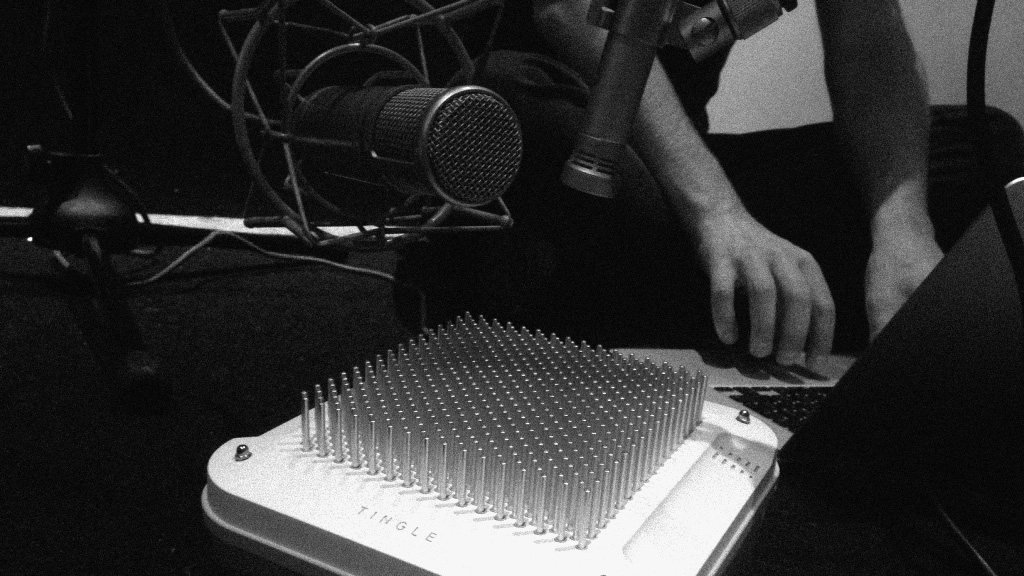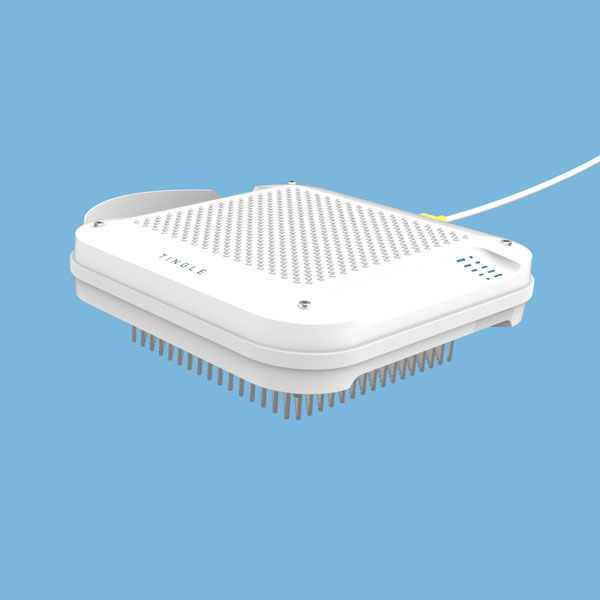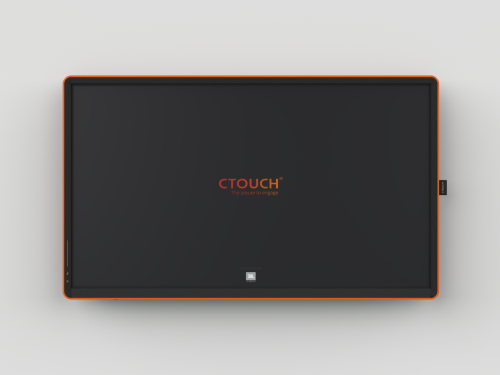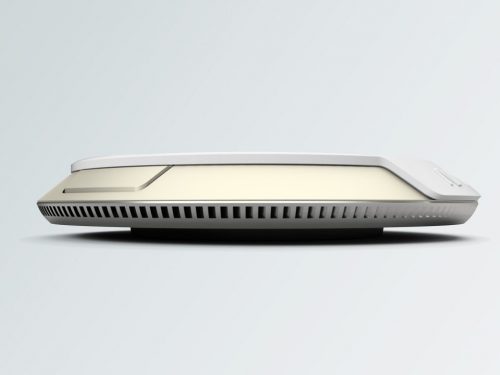
Tingle
Bringing the acoustic touch and feel to the digital music controller.
Musicians like AC/DC could always use the natural expressiveness of their instrument to make a show amazing. However, the music instruments of today rely on sliders and knobs which means musicians are stuck to using fireworks to make a show exciting. With Tingle, we aim to bring back the expressive acoustic feeling for digital music making.
What sound would your face make? Or a banana? Or… name it! If it has a shape then it makes music.
Want.nl
CLIENT: Nupky
AGENCY: Nupky
SUPPORT BY:
Van Berlo – Product Design Support
Vention – Electronics & Mechanics
Mark Ijzerman – Software Dev.
MY SCOPE – ENTREPRENEUR
– Industrial / Product Design
– Interaction / Service Design
– UX / UI Design
– Branding, Marketing & Sales
– Basic Mechanical Engineering
– Basic Electrical Engineering
– Basic Software Development.
Process
Sight & Sound.
The original concept of Tingle was found during an exploration of Synesthesia; the almost magical ability to see sound. What would it be like to be able to see sound? And what if you could grab it and manipulate it physically so that a new sound existed? With Tingle, I want to give you this ability.
At last you may play music with your face ;) !
Soundry


Back to school.
Many ideas were sketched out, and 3 were selected for early trials. To test these with users, I took on the position as a music teacher of a lower education school and used the 3 concepts to probe for a final direction. From this the pin-art toy direction was chosen. It appealed most to the kids who we were trying to introduce music to, and it had the strongest link of action-to-sound because it looked like the sound visualizers on computers (but then physical).

Prototyping.
From this, a technical prototype was built by programming image recognition software into a webcam that hung above a pin-art toy. This was later improved to work with a renewed form design (plectrum) which was easier to hold and allowed for more abstract sound mapping.

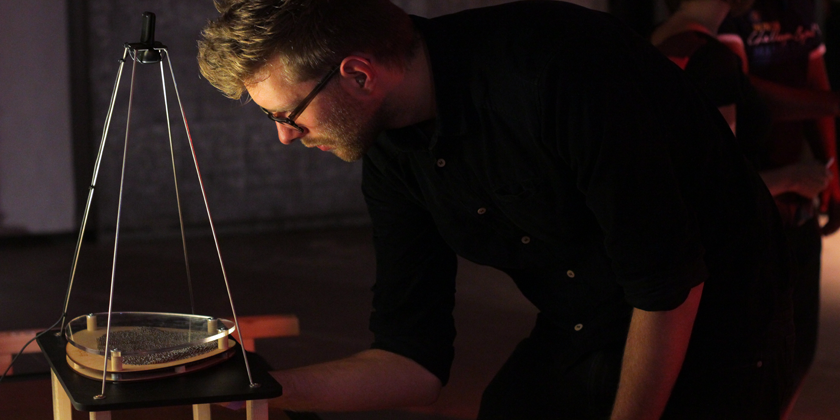
Making it handheld.
However, this model was not portable because the webcam needed a unique set of circumstances and a table mount for it to function properly. To make this realistic for musicians, Tingle needed to be hand-held. To achieve this I experimented with research papers from varying disciplines to embed the technology inside the Tingle. The technology solution was patented during this process.
Going to market.
To prepare it for market release Tingle underwent a massive overhaul. The product redesign consisted of a more refined shape, with carefully selected colors, materials and finishing. The electrical engineering was perfected so that the newly patented technology worked seamlessly. Lastly, the design was prepared for manufacturing at scale and an advertising campaign was run to gain momentum.



Software in action.
Tingle is a digital music controller; and as such this meant that it required it’s own software to be able to make music. All the sound creation options were available through a control software written in Max/MSP, and MIDI control allowed Tingle to be used as a controller for almost anything.
Other control possibilities include Control Voltage (CV), MIDI Polyphonic Expression (MPE), Open Sound Control (OSC) and Sine Wave generation.
Digital Music Controller
Tingle is mostly used as a controller for Ableton’s software, where the position, depth, speed of application and size of a group of pins affects the sound you hear. Next to this, a tilt sensor is built in to create a ‘Whammy’ like effect.
Concatenative Granular Synthesis
This video shows the application of a complex algorithm designed for Tingle by Diemo Schwarz of IRCAM. It takes a sound sample, breaks it up into tiny fragments and positions these across the square grid of pins. Each fragment is placed next to another fragment which has similar sound properties. The result is a natural transition of sound across the pin-instrument.
An academic research article about this combination was published with NIME (view the research paper here).
